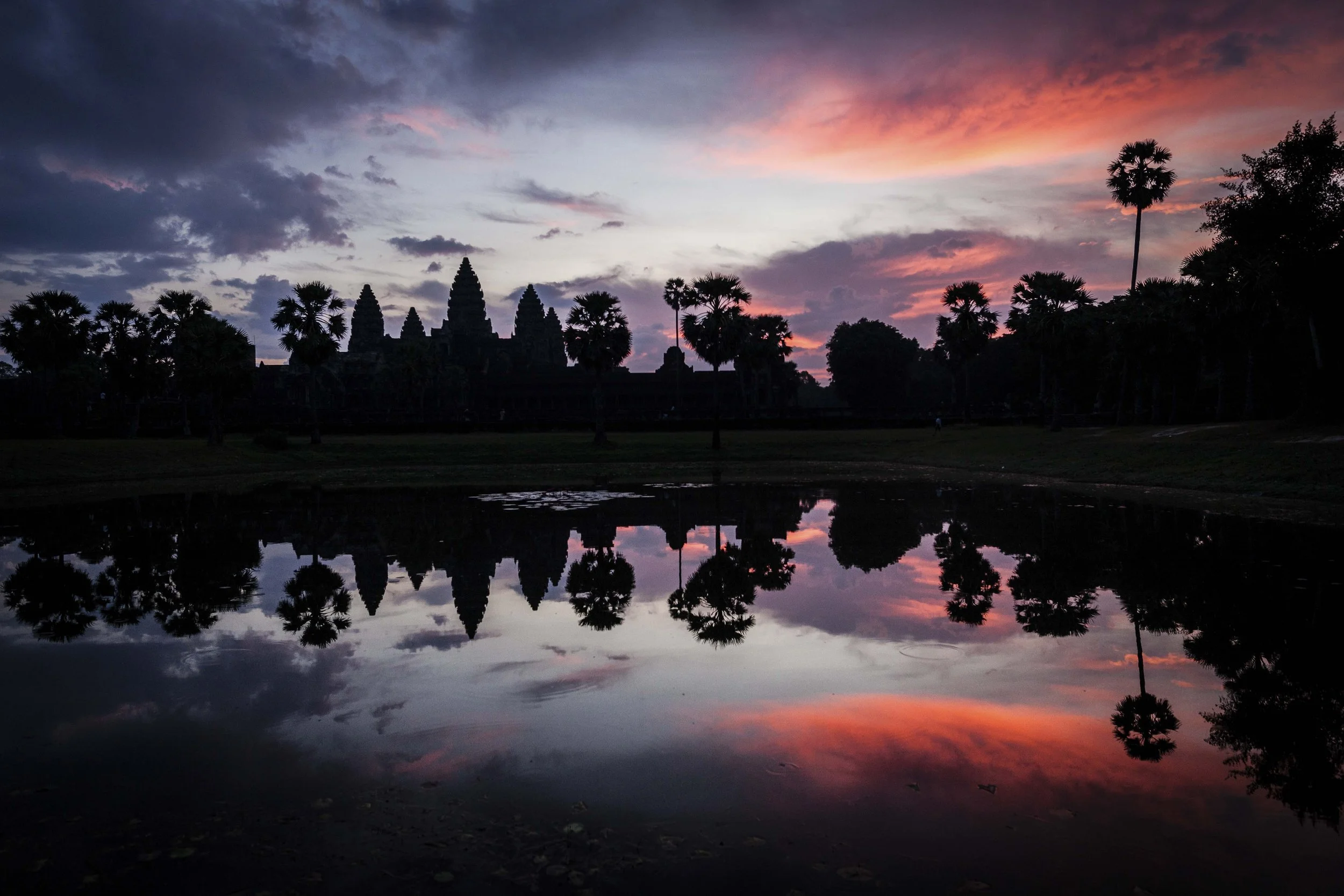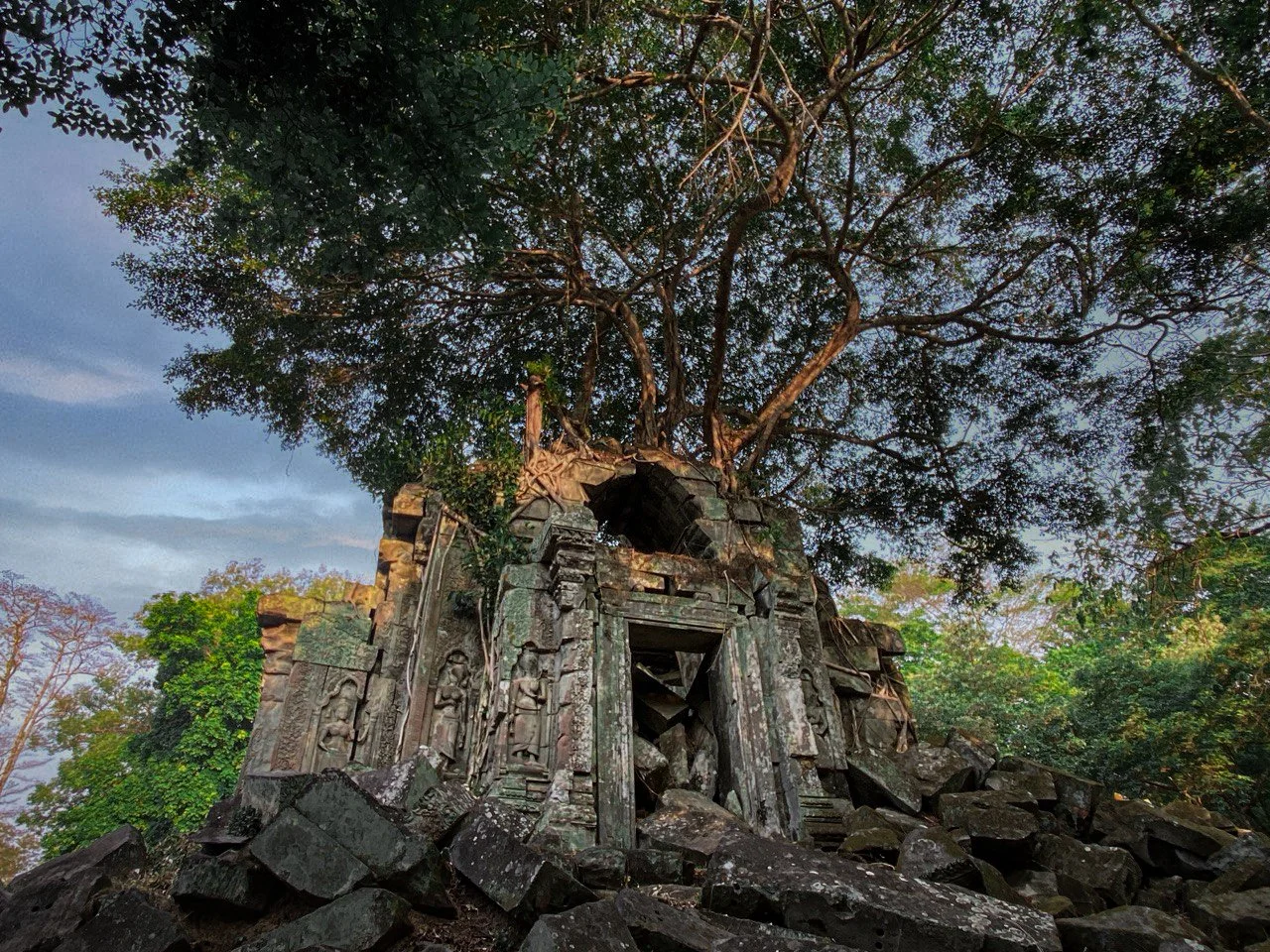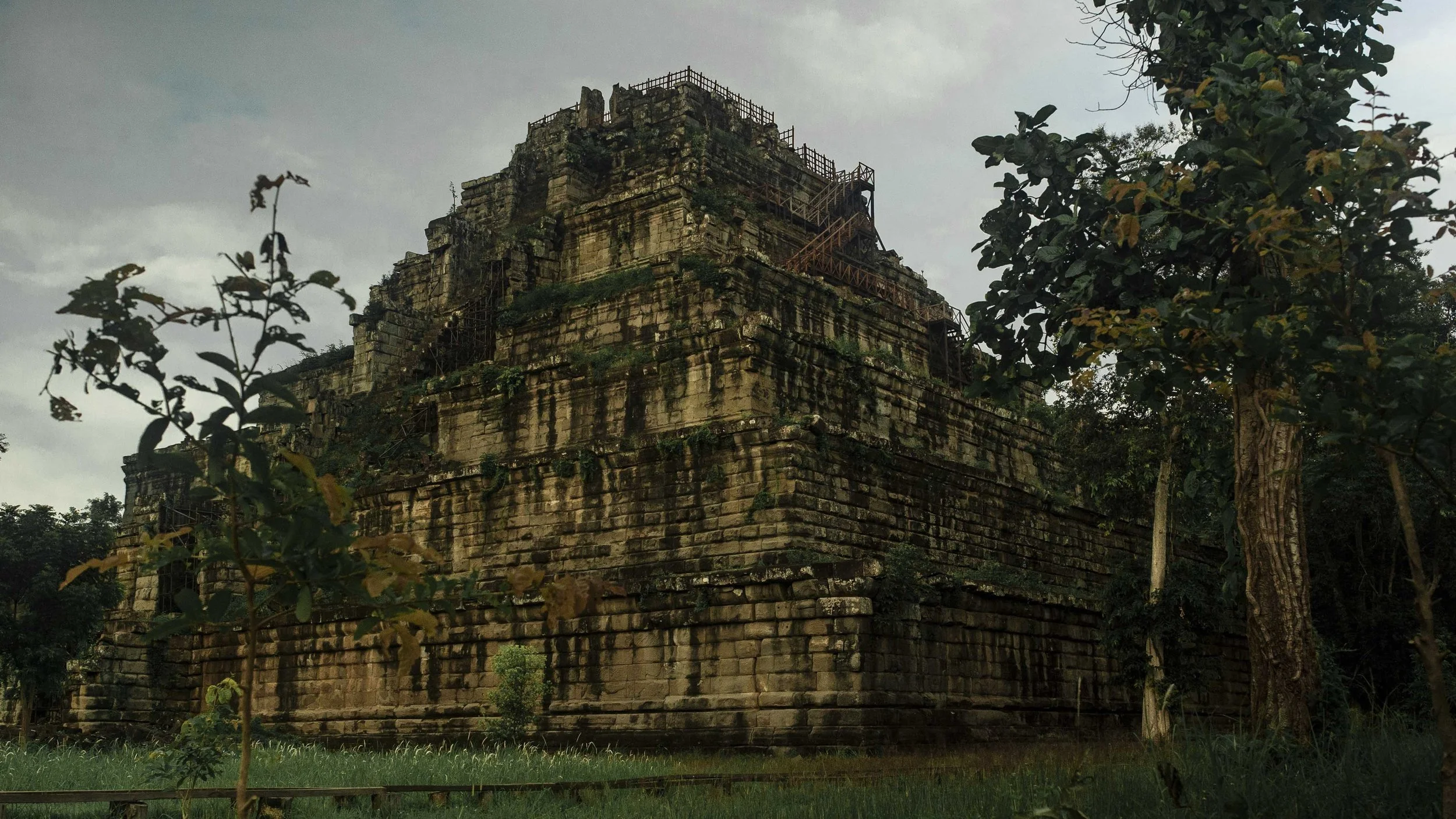
Siem Reap & the Temples of Angkor
Quite simply the greatest temples on earth
A visit to the temples of Angkor is a profound experience, as few sights on earth can match the majesty of Angkor Wat, nature run amok at Ta Prohm or the mysterious faces of the Bayon. The temples of Angkor are situated in the northwest province of Siem Reap. There are more than 1000 temples, built between the 9th and 13th centuries, and these remaining structures are the sacred skeleton of what was once the social, religious and administrative centre of the Khmer Empire. Siem Reap is gateway to the temples of Angkor and a popular destination in its own right, with myriad museums, abundant retail therapy, cultured cafes and lively nightlife.
The Highlights of Siem Reap
-
The ‘temple that is a city’, there are few places on earth to match the splendour of Angkor Wat. The mother of all temples is the world’s largest religious building and is truly one of the wonders of the world. Sunrise at Angkor Wat is one of life’s bucketlist experiences.
-
The huge walled complex of Angkor Thom was the centre of the world’s largest city in 1200. Surrounded by faces on all sides, the enigmatic and enchanting temple of Bayon lies at the exact centre of Angkor Thom, an eccentric testimony to the great King Jayavarman VII.
-
This temple is perhaps the most atmospheric of all Angkor’s treasures, built as a Buddhist monastery by Jayavarman VII as a residence for his mother. Ta Prohm has been left to the destructive power of nature by archaeologists to demonstrate the awesome power of nature.
-
Built in the same style as Ta Prohm, Preah Khan is a much better state of preservation. Meaning The Sacred Sword, this temple was also built by Jayavarman VII and is famous for its immensely long cruciform corridors and delicate carvings, including the spectacular hall of dancers.
-
This jewel of Angkor was built by a Brahman in the 10th Century and dedicated to Shiva. The famous pink sandstone structure bears a series of exquisite sculptures, lintels and friezes. These, it is said, must have been carved by women as the detail is too fine for the hands of a man.
-
The lost temple of Beng Mealea is the titanic of temples, a slumbering giant lost for centuries in the forests of Cambodia. It is the most accessible of Angkor’s lost temples, a mirror image of Angkor Wat, but utterly consumed by the voracious appetite of nature.
-
The history of Cambodia is riven with dynastic spats and one of the most memorable came in the 10th century when Jayavarman IV (928-942) fell out with his family, stormed off to the northwest and established the rival capital of Koh Ker. The iconic pyramid of Prasat Thom is located here.
-
A destination in its own right, ‘Temple Town’ is a lively base to explore Angkor with an excellent range of galleries, markets, cafes and restaurants. There are enough bars to have earned one strip the nickname ‘Pub Street’. Take your time to soak up Siem Reap.
-
The vast Tonle Sap is the largest in Southeast Asia and expands by more than five times its area each year to drain the Mekong floodwaters. Experience life on the water at one of the floating or stilted villages near Siem Reap, including Chong Kneas, Kompong Pluk and Kompong Khleang.











